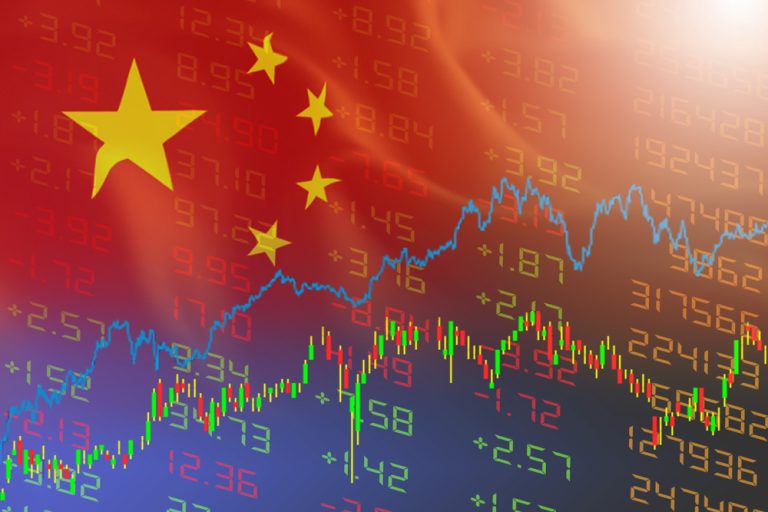China has introduced a fiscal relief package worth 10 trillion yuan aimed at supporting local governments and stabilizing its economy, though analysts note it stops short of the significant stimulus many had anticipated. The new measures include raising debt ceilings for local governments by 6 trillion yuan over three years to help replace hidden debt, which authorities estimate totaled 14.3 trillion yuan by the end of 2023.
The term hidden debt refers to borrowing that is not transparently disclosed, creating significant fiscal risks. The government plans to reduce this hidden debt to 2.3 trillion yuan by 2028. Such debt rose substantially after the 2008 financial crisis, as local governments leaned on financing vehicles to fund infrastructure, leading to today’s strained fiscal environment marked by reduced revenues and delayed civil servant wages.
A Measured Approach to Debt
The state broadcaster CCTV hailed the package as China’s “most powerful debt reduction measure in recent years.” However, Prof Victor Shih, an expert in Chinese fiscal policy at the University of California San Diego, critiqued it as largely an accounting maneuver. He stated it does not solve the fundamental issues local governments face or address payment arrears for civil servants. Shih argued that the official figure of 14.3 trillion yuan in hidden debt is conservative, estimating the true number could exceed 50 trillion yuan.
Economic Growth Concerns Persist
The debt package was announced at the conclusion of a session of the National People’s Congress standing committee, the top legislative body in China. Observers were anticipating stronger measures to stimulate consumer spending and prop up the slowing economy, especially following a GDP growth rate of 4.6% in the third quarter of 2024, below the 5% target.
Finance Minister Lan Fo’an indicated that additional measures are forthcoming, but no specifics were provided.
Uncertainty Amid U.S. Tariff Threats
China’s economic outlook remains clouded, particularly as the country awaits potential policy shifts following the U.S. presidential election. President-elect Donald Trump has pledged steep tariffs on Chinese exports, a move that could strain China’s critical export sector, which has been a primary driver of growth over the past four years.
“Export has been the main engine of economic growth in China for the past four years. So without additional stimulus from the government, I think growth is going to be under pressure, if the U.S. introduces tariffs,” an analyst noted, emphasizing the urgency for Beijing to bolster domestic economic stability.


